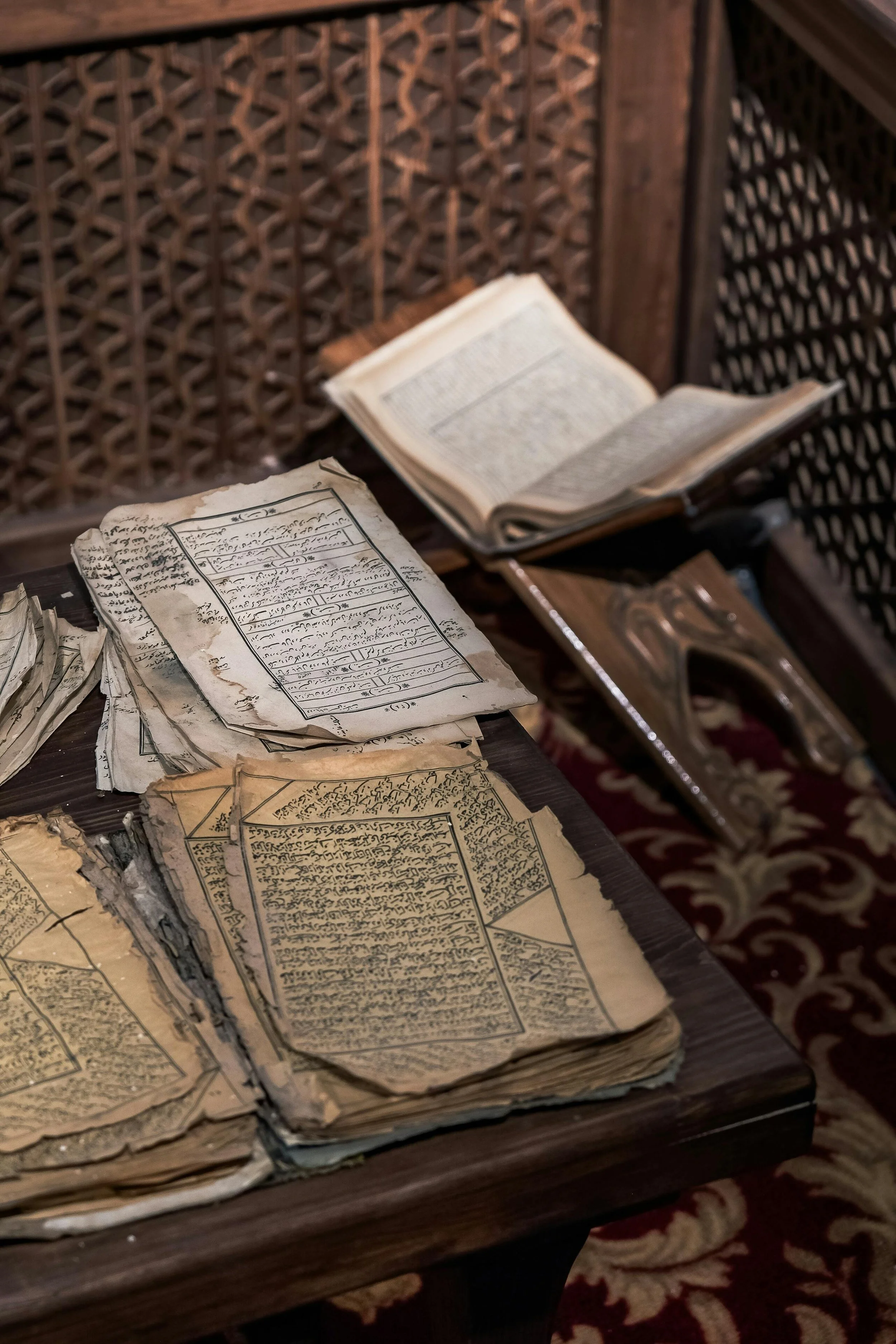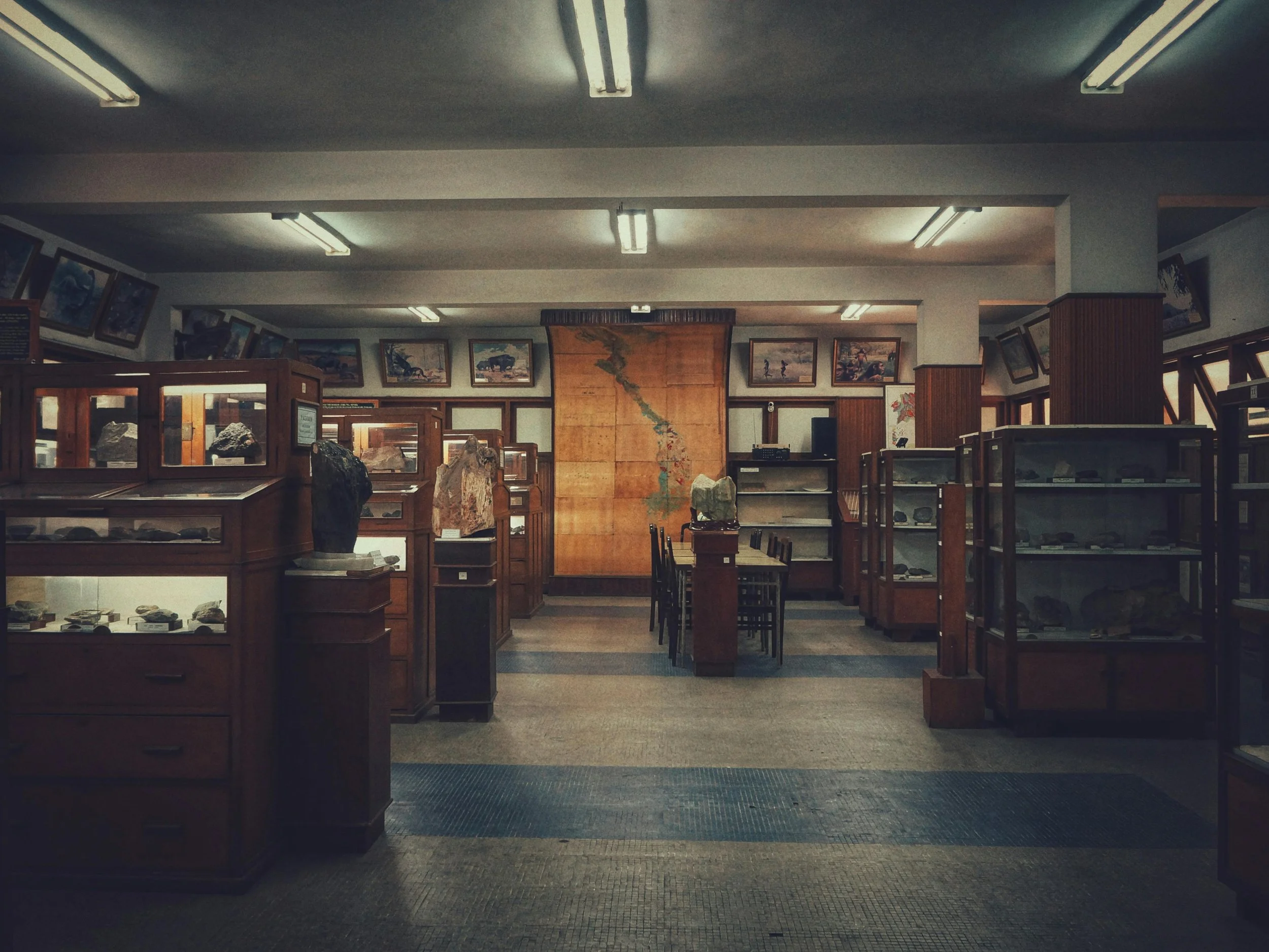With a records retention schedule, retention policy, and collection policy in hand and ideal storage located, the archives program can work on the arrangement and description (also known as processing) of the records of enduring value.
Within each department, the archivist will refine the arrangement of materials to be prepared for the archives, rehouse material, and create inventories to facilitate future access by staff members and other researchers.
Original Order or Reordering
While the material that arrives at the archives from various departments may be in an orderly arrangement, some records often need to undergo substantial reordering. Employees use documents for different purposes and retain and reorder the documents to serve necessary ends, such as reviewing invoices or consulting past correspondence. Archivists aim to maintain the integrity of the original order in conjunction with future accessibility. Through conversations with records creators, archivists become aware of how documents are used before arriving in the archives and exercise common sense in creating order and arrangement.
Not all records need to be or should be reordered. Often documents arrive directly from the person who created them and should be kept in this original order. However, in many instances, the documents arrive in a less organized manner with unclear original order. Therefore, archivists should rearrange them in favor of accessibility.
Handling Duplicates
Archivists frequently find multiple copies of the same document within departmental and individual files. By developing policies about duplicates, the archives can eliminate unnecessary material and free up valuable shelf space or data storage. Once the archivist has sufficiently arranged records of enduring value that have arrived in the archives—balancing original order and accessibility—it is time to begin the description process. Series, or grouping of records with the same provenance, will be identified and numbered (usually according to a hierarchical arrangement based on the organizational chart) and further subdivided into subseries.
During processing, archivists should inventory the contents of each box and an assigned box number. Then, create a listing or inventory of the records that reflect the arrangement of the documents and include the box and folder number numbers to enable physical access to specific records.
The Value of Archival Labor
Archival processing requires more than one person to handle the labor, especially for more extensive collections. Organizations often depend on non-professional labor, such as interns, volunteers, or other well-meaning people who can lend a helping hand. Using untrained labor not only devalues the archival profession but has the potential to cause significant problems within the archival collections that will take even more time, labor, and resources to fix. Investing in archival insight from the beginning of the project allows for proper practices to be in place, making a more efficient and sustainable archival program in the long run. As an archival consultant, I strongly believe in hiring experts to handle archival projects. Far too often, I have been hired after other less expensive options have been exhausted, and significant problems to the foundations of the archival program have been institutionalized. Processing is one area where seeking expertise before committing to any action plan is a rational choice. There is no need to jump into initiatives that will shape organizational legacy without the aid of a trained archivist.
Organizational archives are living programs that change and reflect the organization. Archival work is never completely done; there is always more an archivist can do. Investing in archival staff is another way to ensure that the archives program endures. While part-time staff or a consulting archivist can help with projects or specific stages of the program’s maturity, an archivist on staff provides the constant vigilance and labor needed to create an archives that supports an organization’s mission.
The blog was originally published on Lucidea's blog.
Get Started
Looking for archival advising, records management, and historical research services? Click below to speak with an expert consultant.































